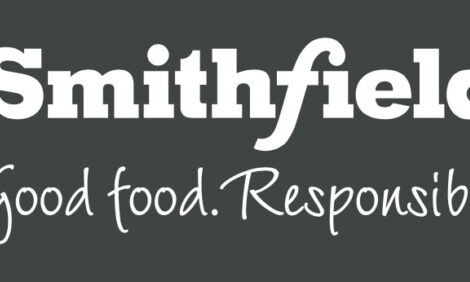



Why Select Pigs Based on Indexes?
CANADA - Selection is the process by which we choose animals that become parents of the next generation, and is driven by maximizing profitability of our commercial customers. Identifying the best animal is the key for making genetic progress, writes Dinesh Thekkoot, PhD, Geneticist.Several traits determine the profitability of an animal, and all these traits will have varying degrees of contribution to profit. Also the information available on an animal at selection for these traits may vary widely.
For example, for some traits we can get information from the selection candidate itself (e.g. weights), whereas for others the information comes from its relatives (e.g. meat quality).
Some of these traits might be expressed once during the animal’s life time (e.g. growth rate), while others might be expressed repeatedly (e.g. litter size).
Selection focused on maximizing customer profitability is based on an index(s) of traits that contribute to the profitability. In an index, these traits are combined based on their relative economic contribution to profitability.
The magnitude of the economic contribution determines the relative importance of traits and the direction of selection. The Genesus program uses an F1 female from our two maternal breeds (Yorkshire and Landrace) mated to our terminal breed (Duroc) to produce a commercial market pig.
Because of this we use separate terminal and maternal indexes for selecting animals in the nucleus.
The animal’s ranking based on this index is the basis for selection decision within a breed. Traits important to profitability of a commercial pig apply to both terminal and maternal indexes because, as half of the genes of a commercial pig originates from the maternal breeds and half from terminal breed.
The other important factor is that animal rankings based on indexes are very robust to changes in economic conditions and therefore are applicable over a wide range of production environments and also over time.
Traits included in an index depend on various factors such as economic importance of the trait, measurability of the trait (whether the trait can be measured directly or indirectly, accurately and in a repeated manner) and on the genetic variation of the trait (no genetic variation means no improvement can be attained).
Potential traits included in a terminal index are mostly post-weaning traits associated with growth rate, feed efficiency, carcass yield, and meat quality. Maternal index traits generally include litter size, reproductive and sow longevity in addition to the traits included in the terminal index.
At Genesus we are constantly trying to improve the genetic potential of our animals and as result the traits being considered in the genetic program continues to increase over time. In the maternal index, apart from the traits mentioned above, research is being conducted on including traits like piglet survival, sow feed intake during lactation, milking potential of the sow and sow mature weight.
In the terminal index research is focused on eating quality traits. In addition to considering new traits, the economic models used to calculate profitability are being updated to include current costs, alternative carcass payment systems and current pig performance information.
Our philosophy is that the genetic improvement should result in improving the ultimate satisfaction of people eating pork thereby maximizing profitability of our commercial producer customers.







